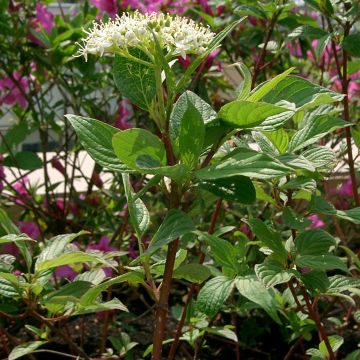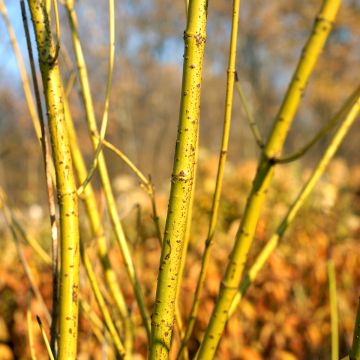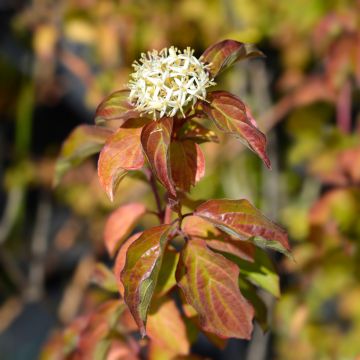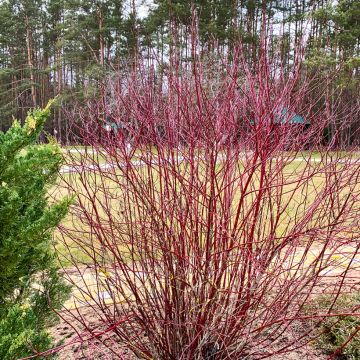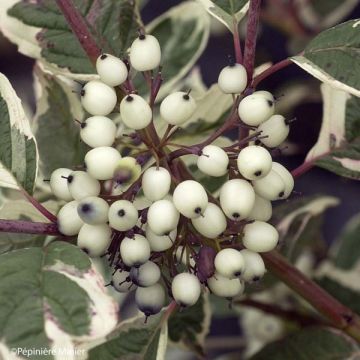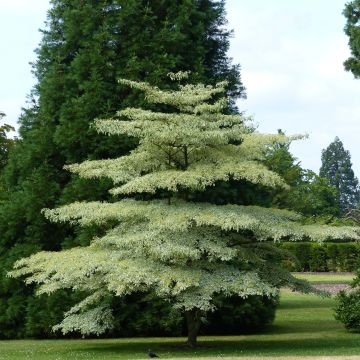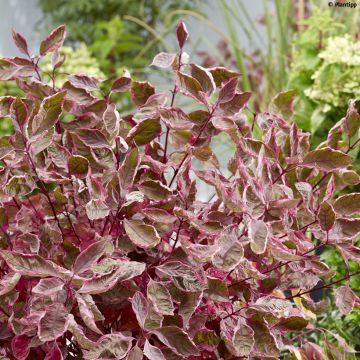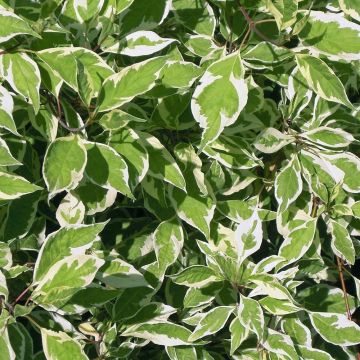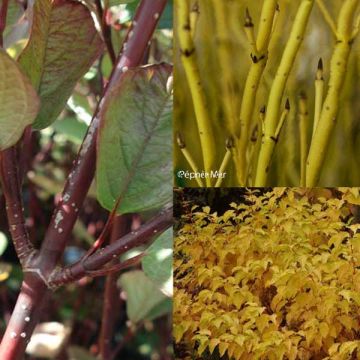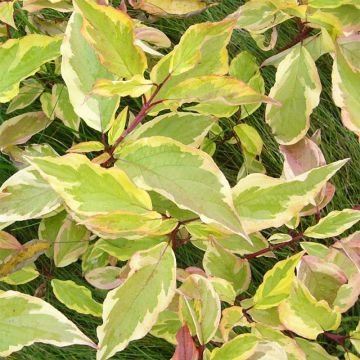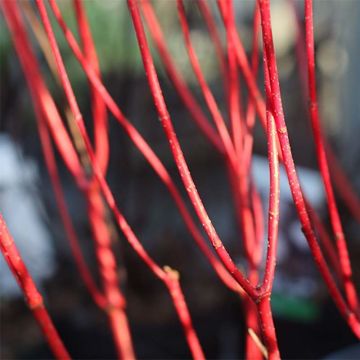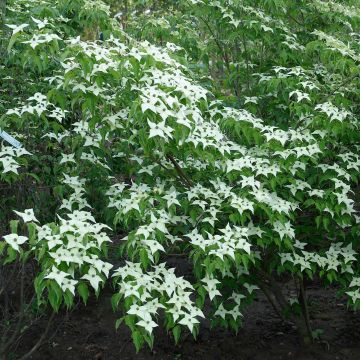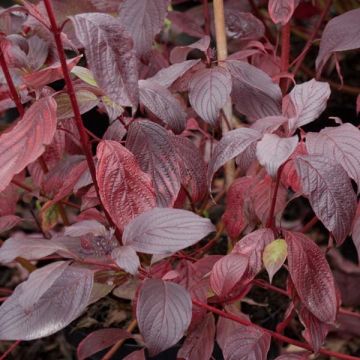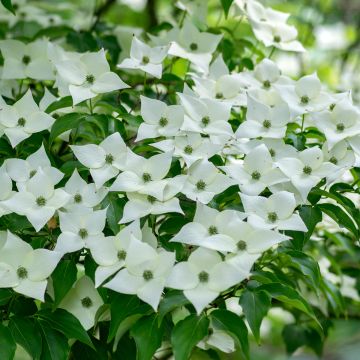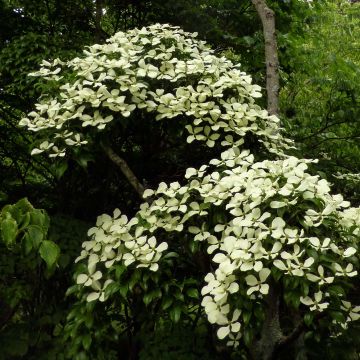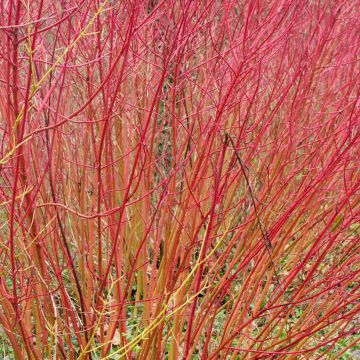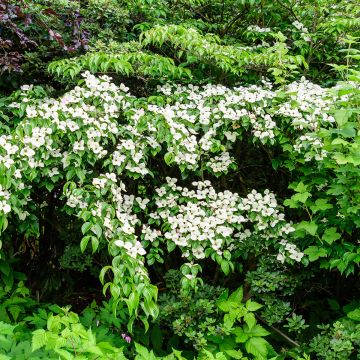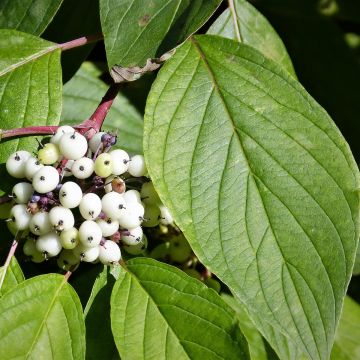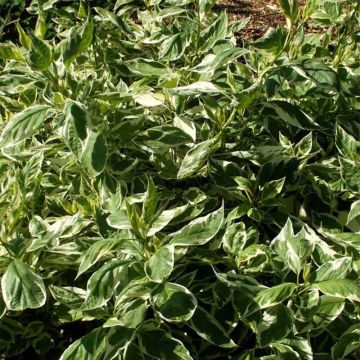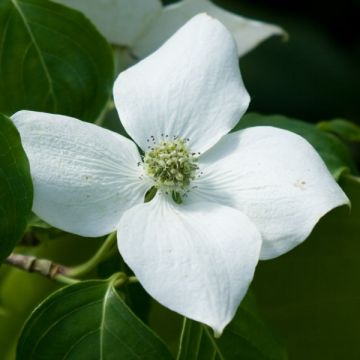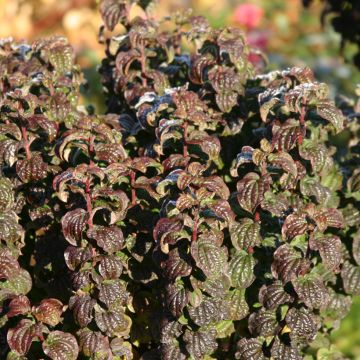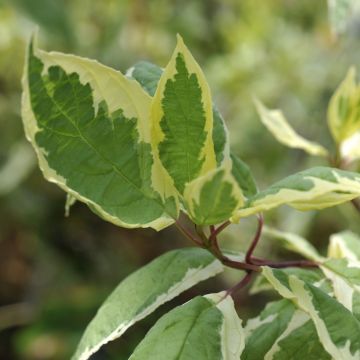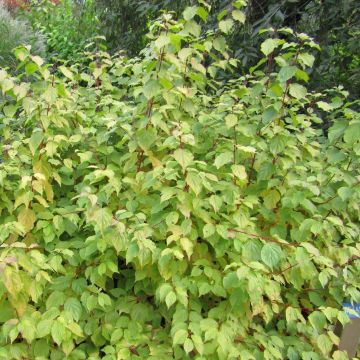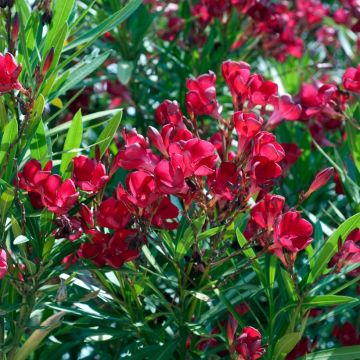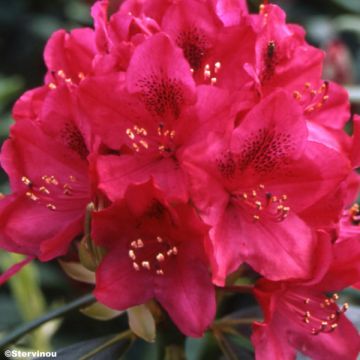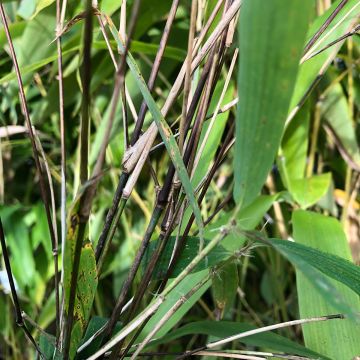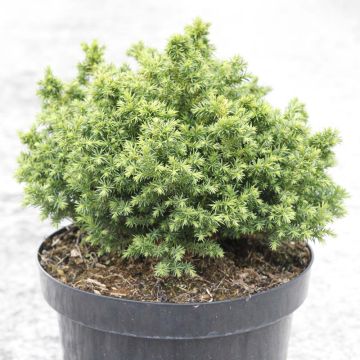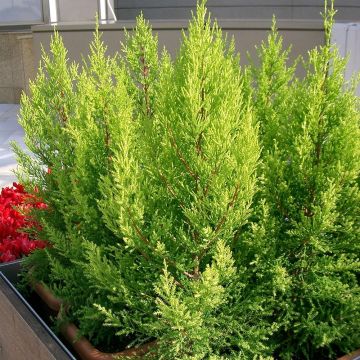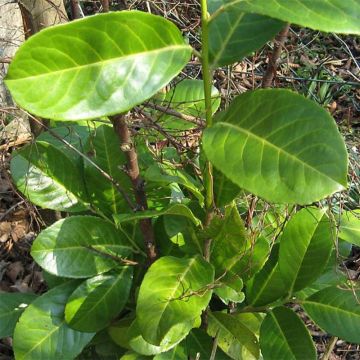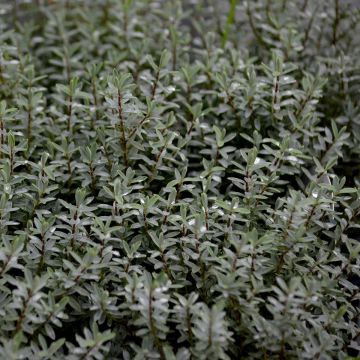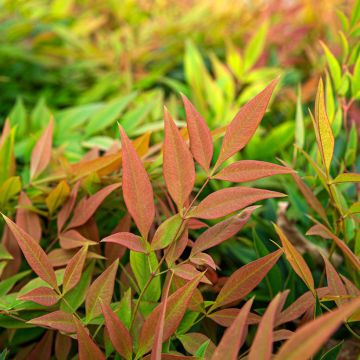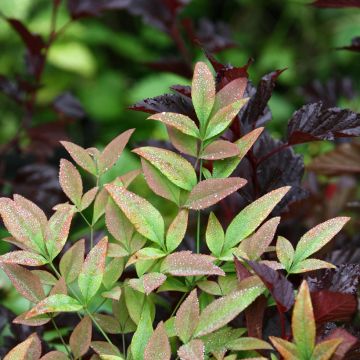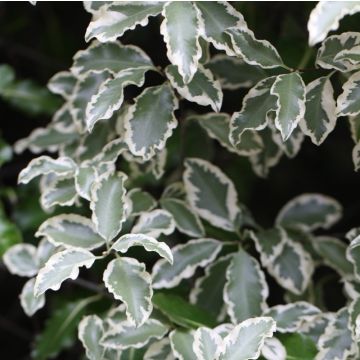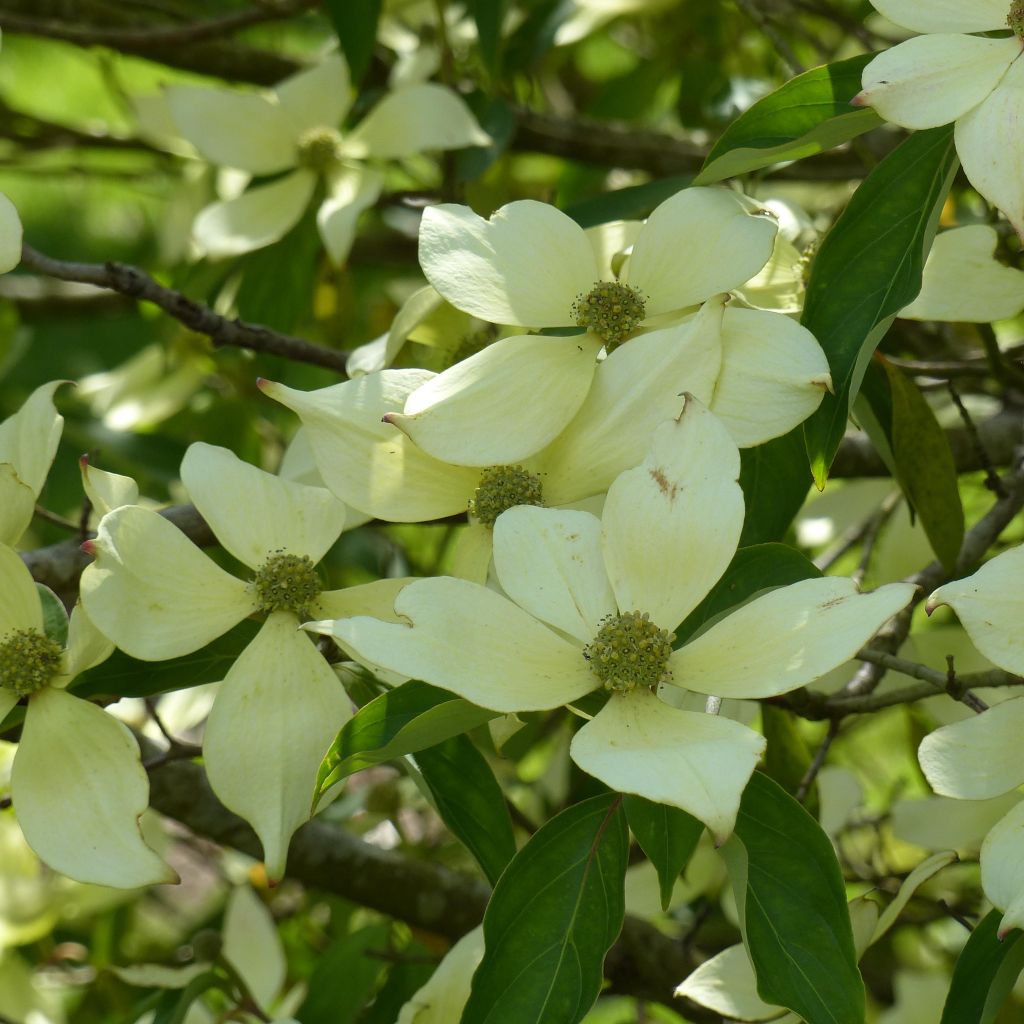

Cornus capitata - Cornouiller de l'Himalaya
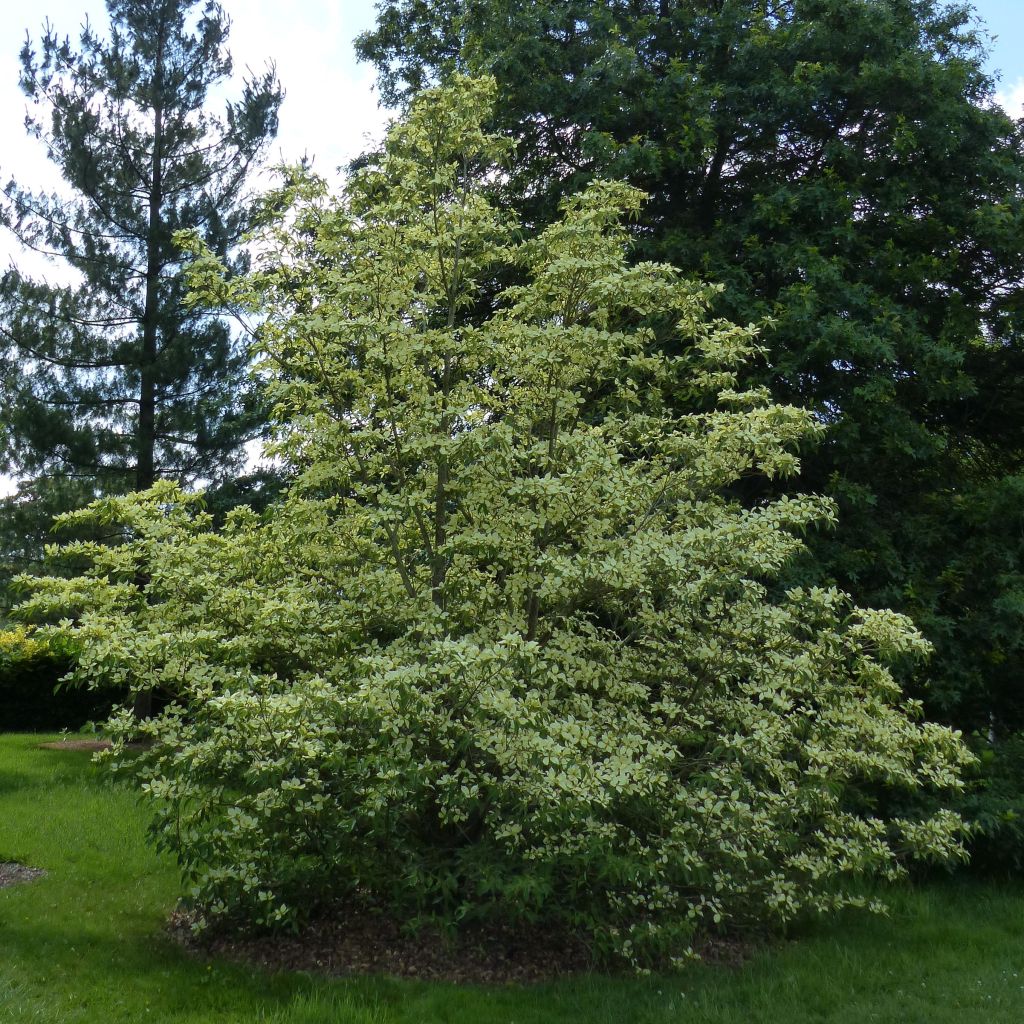

Cornus capitata - Cornouiller de l'Himalaya
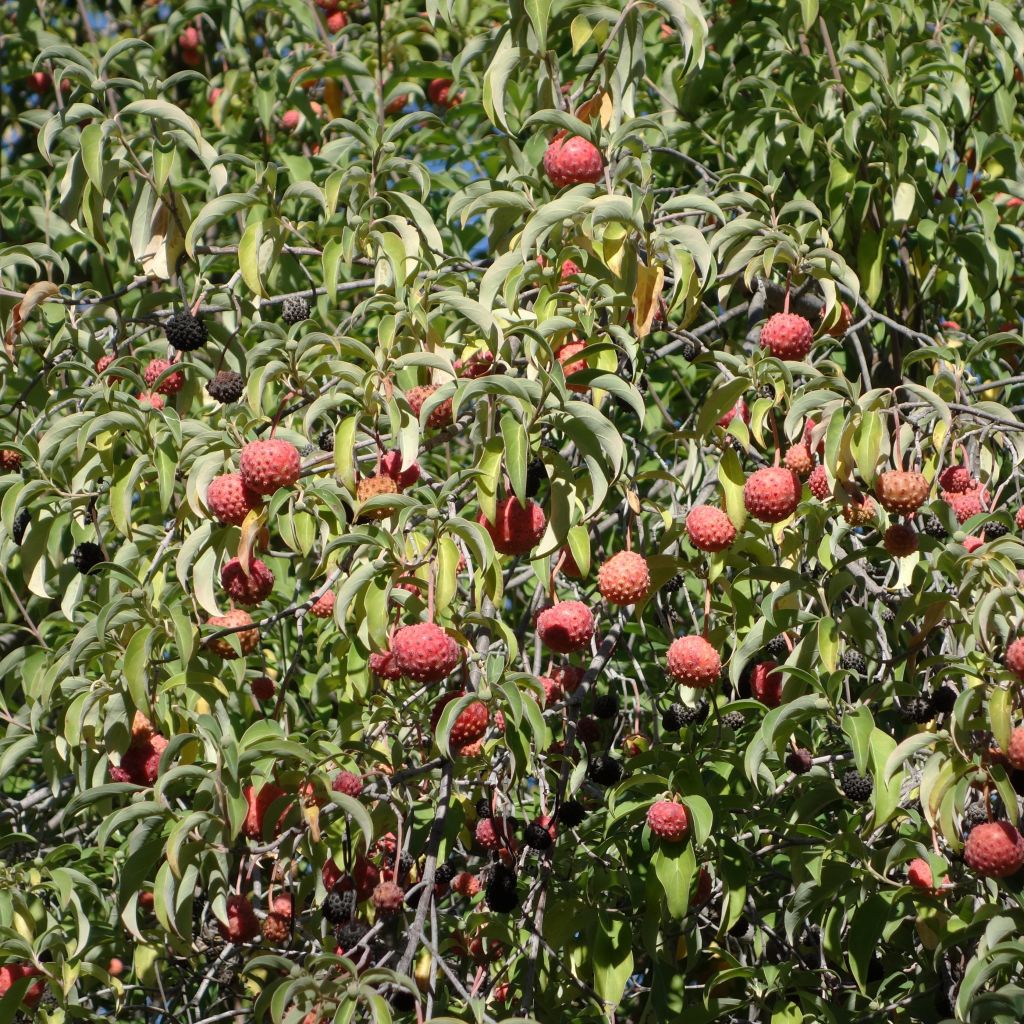

Cornus capitata - Cornouiller de l'Himalaya
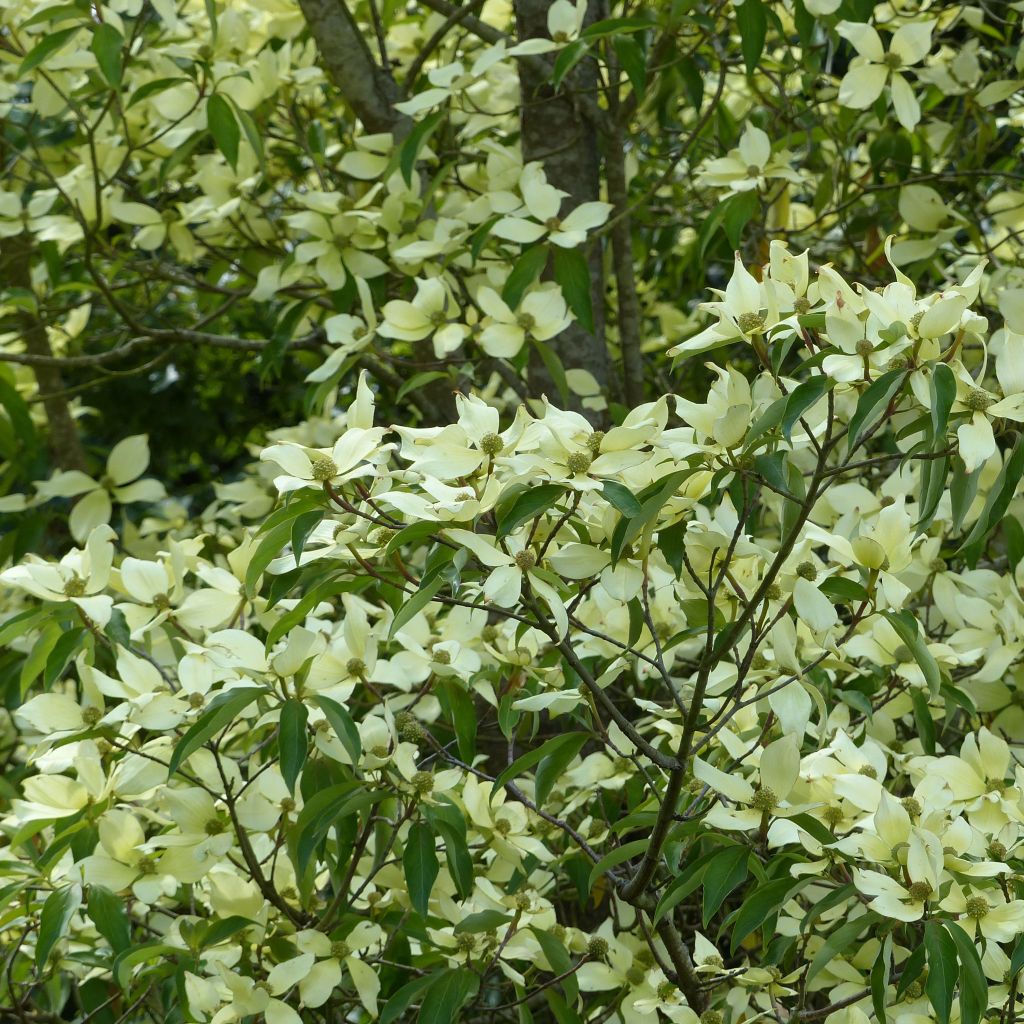

Cornus capitata - Cornouiller de l'Himalaya
Cornus capitata - Flowering Dogwood
Cornus capitata
Evergreen Dogwood, Bentham's Cornel, Himalayan Strawberry Tree
Why not try an alternative variety in stock?
View all →This plant carries a 24 months recovery warranty
More information
We guarantee the quality of our plants for a full growing cycle, and will replace at our expense any plant that fails to recover under normal climatic and planting conditions.
From €5.90 for pickup delivery and €6.90 for home delivery
Express home delivery from €8.90.
Does this plant fit my garden?
Set up your Plantfit profile →
Description
Cornus capitata, also known as Himalayan Dogwood due to its original regions, is also called Strawberry Cornelian because of the appearance of its quite decorative fruits that rather resemble large raspberries. This bush of beautiful stature, with a nicely rounded habit, is one of the few evergreen dogwoods, making it a very ornamental shrub throughout the year. Its beautiful late spring flowering, in the form of false flowers composed of beautiful white-cream bracts, adds to its very natural charm. If it is not fully hardy, it is easy to acclimatize in any well-drained soil, remaining moist. This dogwood has its place in a garden that makes room for nature, but also in slightly wooded areas as it tolerates partial shade.
Cornus capitata, also called Dendrobenthamia capitata, belongs to the Cornaceae family. It originates from the eastern Himalayas, specifically from an area ranging from Nepal to China. It is found, between 800 and 3200m (2624ft and 10498ft) in altitude, growing at the edge of coniferous and deciduous forests, under a mild and humid climate. This large shrub, capable of forming a small tree under good conditions, easily reaches 4.50m (14ft 10in) in all directions in our gardens. Its growth is quite slow and its regular habit is distinctly rounded. In May-June, its flowering is quite spectacular. Its true small flowers, grouped in green balls, are surrounded by 4 large white-cream to pale yellow bracts with a hint of green, beautifully arranged in a semi-open cup. This flowering is followed by the formation of fruits that resemble those of Cornus kousa. Fleshy and globose, they measure about 3cm (1.2in) in diameter. While they are edible when ripe, their flavour varies depending on the bush that bears them. The foliage, evergreen when the temperature does not drop below -5°C (23 °F), is composed of entire leaves, with prominent veins, ovate-lanceolate in shape, with a slightly undulate edge. They measure 10 to 12cm (3.9 to 4.7in) in length and 5cm (2in) in width. The upper surface of the lamina is a bright green to dark green colour, while the underside is grey-green.
Regardless of the size and style of the garden, there will always be a dogwood to provide a beautiful decoration. The Himalayan dogwood is reserved for our mild and rather humid regions. It will compose beautiful beds as a backdrop for lower shrubs and will blend perfectly in a mixed hedge with witch hazels or Japanese maples in acidic soil, or on the edge of woodland areas in the company of Oakleaf Hydrangea or winged Euonymus in more neutral soil. All these shrubs are perfect for creating a transition with the countryside. Its association with Fuchsia magellanica, Helianthus, Heliopsis or daylilies will create a very colourful scene.
Report an error about the product description
Cornus capitata - Flowering Dogwood in pictures
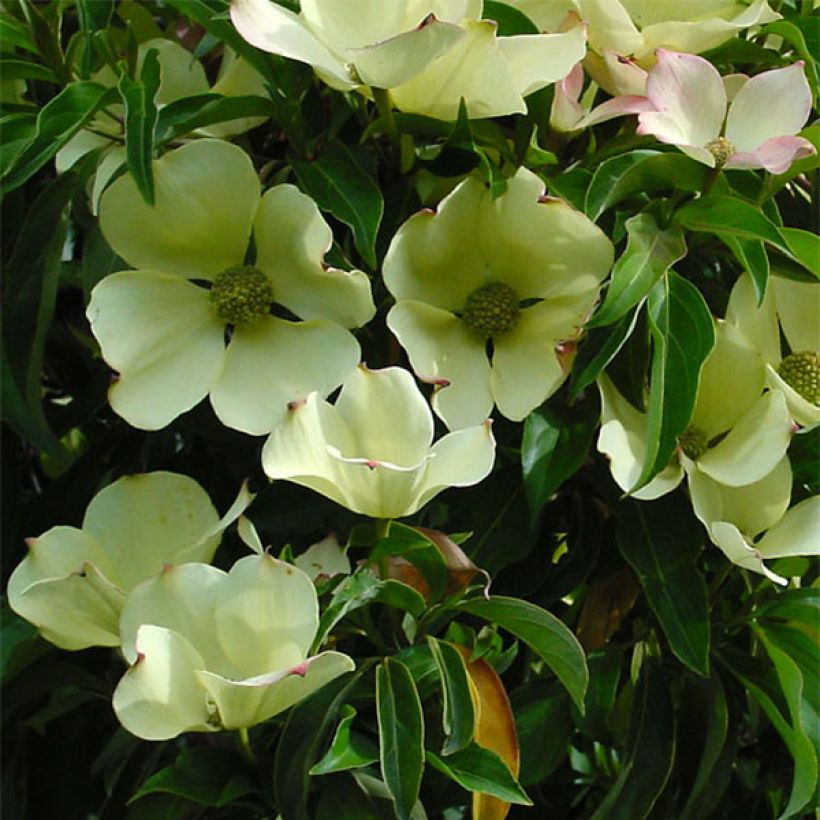

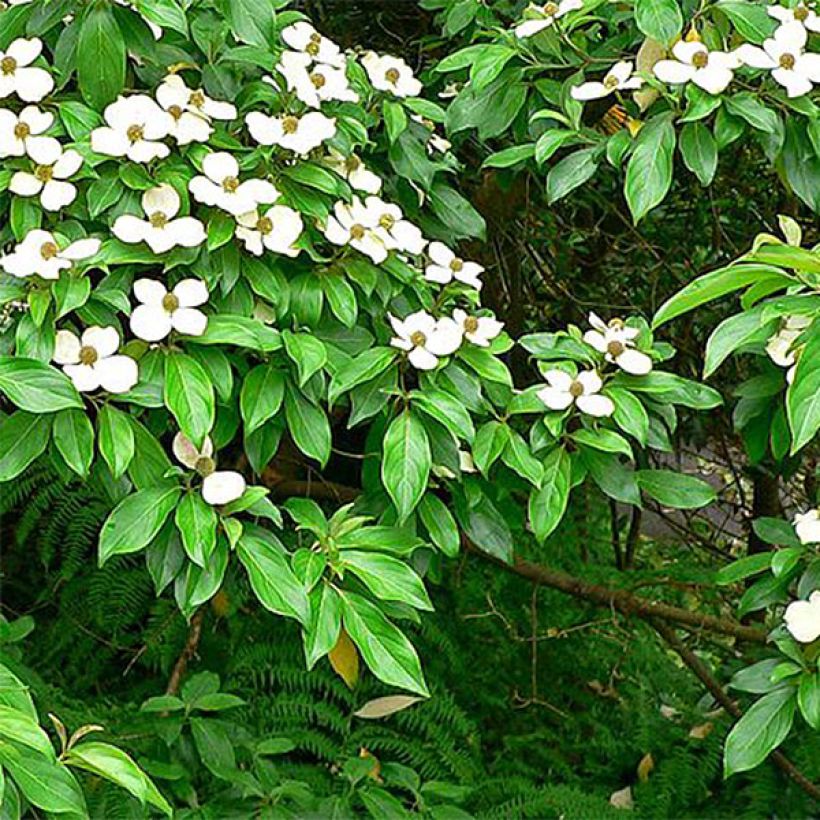

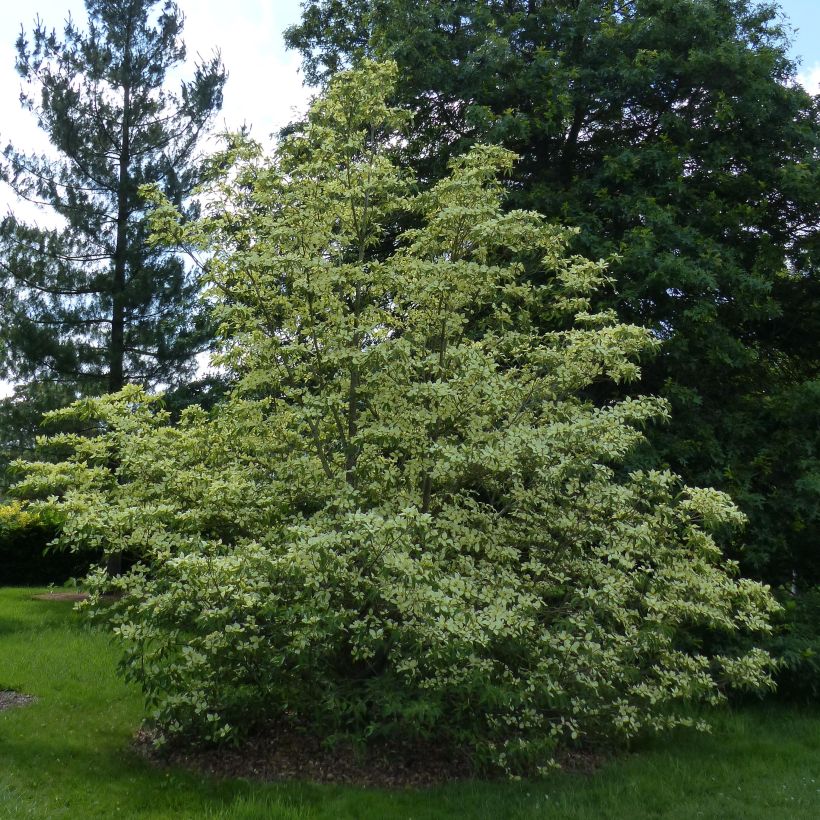

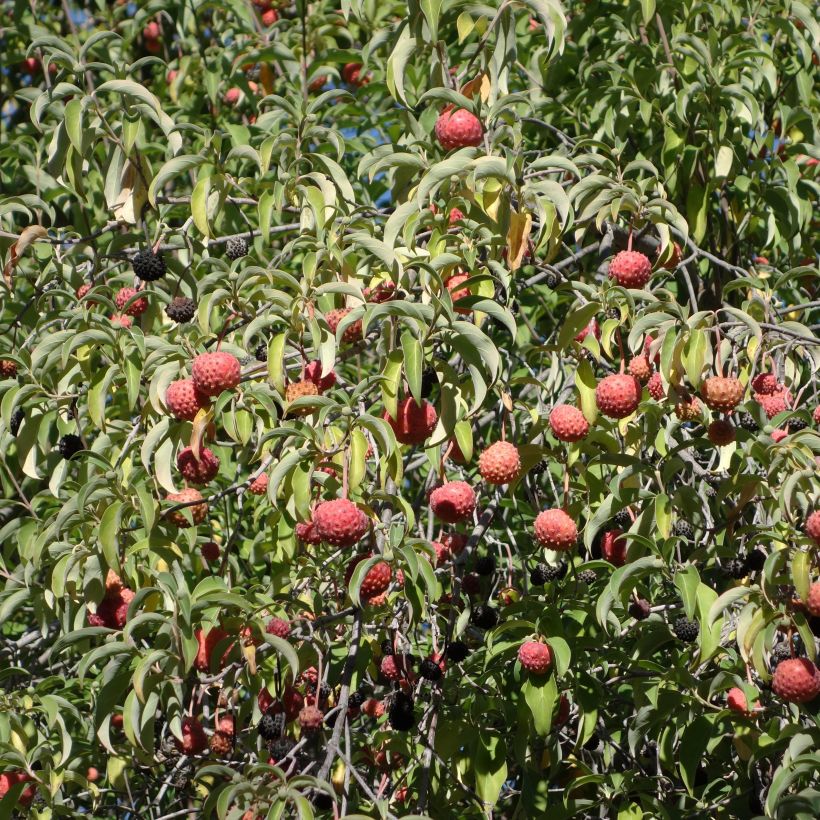

Plant habit
Flowering
Foliage
Botanical data
Cornus
capitata
Cornaceae
Evergreen Dogwood, Bentham's Cornel, Himalayan Strawberry Tree
Himalayas
Other Cornus
Planting and care
Cornus capitata will thrive in any cool, deep, well-drained, slightly limestone, neutral or slightly acidic soil. It is a bush that thrives in cool climates and does not tolerate heat and drought well. Plant it from November to March, in a sunny location or in bright partial shade. This dogwood tolerates wind well. Its hardiness is around -10/-12°C (14/10.4 °F) for a well-established specimen planted in a sheltered position.
Planting period
Intended location
Care
This item has not been reviewed yet - be the first to leave a review about it.
Evergreen shrubs
Haven't found what you were looking for?
Hardiness is the lowest winter temperature a plant can endure without suffering serious damage or even dying. However, hardiness is affected by location (a sheltered area, such as a patio), protection (winter cover) and soil type (hardiness is improved by well-drained soil).

Photo Sharing Terms & Conditions
In order to encourage gardeners to interact and share their experiences, Promesse de fleurs offers various media enabling content to be uploaded onto its Site - in particular via the ‘Photo sharing’ module.
The User agrees to refrain from:
- Posting any content that is illegal, prejudicial, insulting, racist, inciteful to hatred, revisionist, contrary to public decency, that infringes on privacy or on the privacy rights of third parties, in particular the publicity rights of persons and goods, intellectual property rights, or the right to privacy.
- Submitting content on behalf of a third party;
- Impersonate the identity of a third party and/or publish any personal information about a third party;
In general, the User undertakes to refrain from any unethical behaviour.
All Content (in particular text, comments, files, images, photos, videos, creative works, etc.), which may be subject to property or intellectual property rights, image or other private rights, shall remain the property of the User, subject to the limited rights granted by the terms of the licence granted by Promesse de fleurs as stated below. Users are at liberty to publish or not to publish such Content on the Site, notably via the ‘Photo Sharing’ facility, and accept that this Content shall be made public and freely accessible, notably on the Internet.
Users further acknowledge, undertake to have ,and guarantee that they hold all necessary rights and permissions to publish such material on the Site, in particular with regard to the legislation in force pertaining to any privacy, property, intellectual property, image, or contractual rights, or rights of any other nature. By publishing such Content on the Site, Users acknowledge accepting full liability as publishers of the Content within the meaning of the law, and grant Promesse de fleurs, free of charge, an inclusive, worldwide licence for the said Content for the entire duration of its publication, including all reproduction, representation, up/downloading, displaying, performing, transmission, and storage rights.
Users also grant permission for their name to be linked to the Content and accept that this link may not always be made available.
By engaging in posting material, Users consent to their Content becoming automatically accessible on the Internet, in particular on other sites and/or blogs and/or web pages of the Promesse de fleurs site, including in particular social pages and the Promesse de fleurs catalogue.
Users may secure the removal of entrusted content free of charge by issuing a simple request via our contact form.
The flowering period indicated on our website applies to countries and regions located in USDA zone 8 (France, the United Kingdom, Ireland, the Netherlands, etc.)
It will vary according to where you live:
- In zones 9 to 10 (Italy, Spain, Greece, etc.), flowering will occur about 2 to 4 weeks earlier.
- In zones 6 to 7 (Germany, Poland, Slovenia, and lower mountainous regions), flowering will be delayed by 2 to 3 weeks.
- In zone 5 (Central Europe, Scandinavia), blooming will be delayed by 3 to 5 weeks.
In temperate climates, pruning of spring-flowering shrubs (forsythia, spireas, etc.) should be done just after flowering.
Pruning of summer-flowering shrubs (Indian Lilac, Perovskia, etc.) can be done in winter or spring.
In cold regions as well as with frost-sensitive plants, avoid pruning too early when severe frosts may still occur.
The planting period indicated on our website applies to countries and regions located in USDA zone 8 (France, United Kingdom, Ireland, Netherlands).
It will vary according to where you live:
- In Mediterranean zones (Marseille, Madrid, Milan, etc.), autumn and winter are the best planting periods.
- In continental zones (Strasbourg, Munich, Vienna, etc.), delay planting by 2 to 3 weeks in spring and bring it forward by 2 to 4 weeks in autumn.
- In mountainous regions (the Alps, Pyrenees, Carpathians, etc.), it is best to plant in late spring (May-June) or late summer (August-September).
The harvesting period indicated on our website applies to countries and regions in USDA zone 8 (France, England, Ireland, the Netherlands).
In colder areas (Scandinavia, Poland, Austria...) fruit and vegetable harvests are likely to be delayed by 3-4 weeks.
In warmer areas (Italy, Spain, Greece, etc.), harvesting will probably take place earlier, depending on weather conditions.
The sowing periods indicated on our website apply to countries and regions within USDA Zone 8 (France, UK, Ireland, Netherlands).
In colder areas (Scandinavia, Poland, Austria...), delay any outdoor sowing by 3-4 weeks, or sow under glass.
In warmer climes (Italy, Spain, Greece, etc.), bring outdoor sowing forward by a few weeks.

































